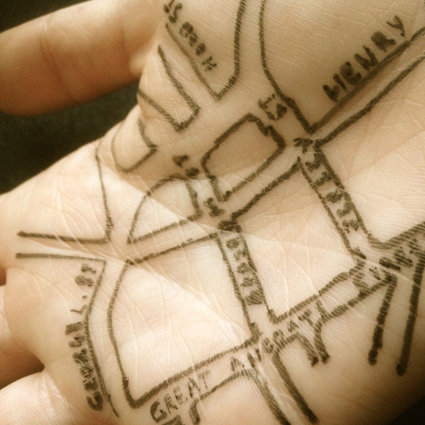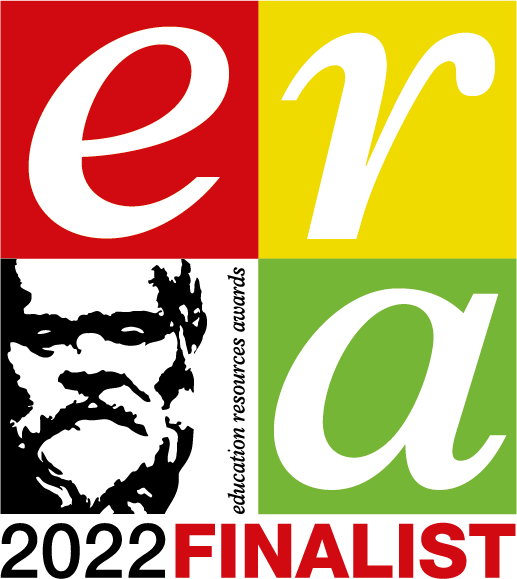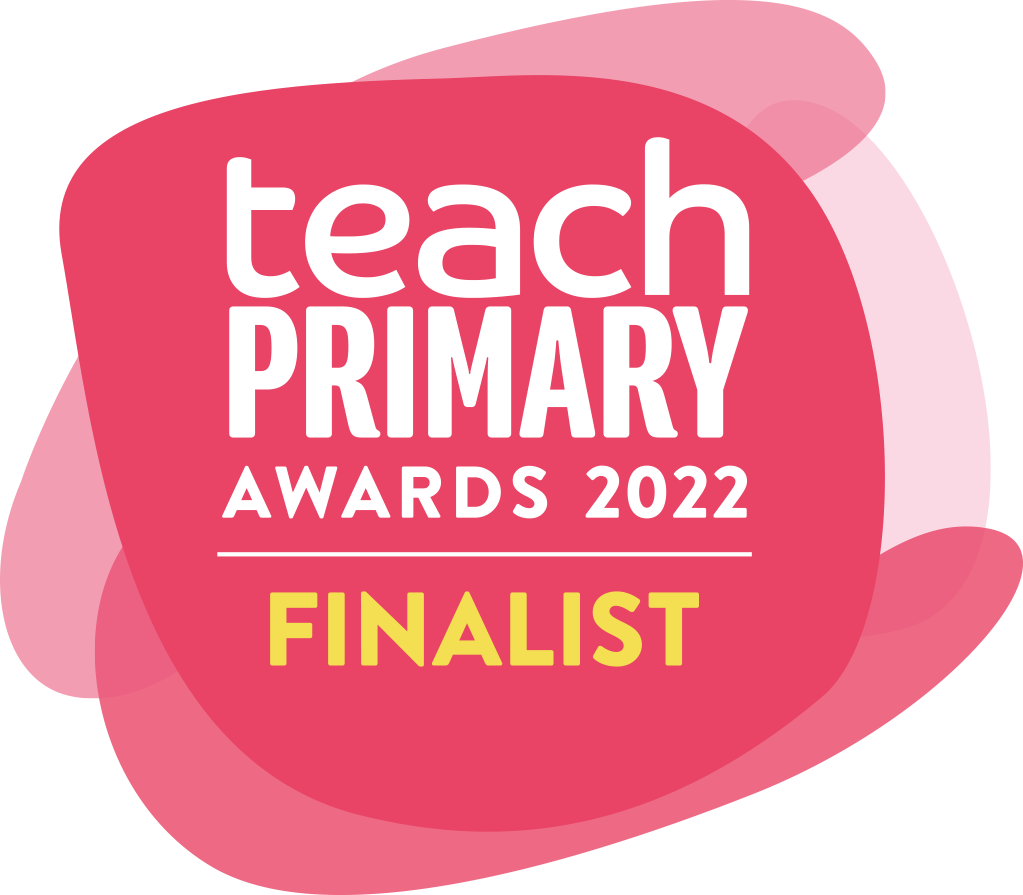
Missing places
Missing
During the long periods of lockdown between 2020 and 2021, life has been different. The way we move around our home, our school and our local area has been affected. We have been forced to think about how we use space, keeping a safe distance from others and some spaces have been denied us altogether.
This lesson suggests ways to help pupils consider what, where and who they have missed during periods of extended lockdown. The ideas here will help pupils reflect, comment, and explain how and why their spatial relationships with people and places have changed so drastically in the recent past.
Our access, range and movement have been restricted in unprecedented ways. The number of people using public transport and air travel has declined. Grading systems with traffic light coding tell us which countries we may visit and which we may not. There are quarantines in place for people arriving from some places and not from others. The number of people allowed to mix together indoor and outdoors has also varied under the rules from time to time and within different parts of the UK. This has been a very confusing time for children, who have grown up learning established societal rules and norms associated with movement outside the home, only to have to deal with a new and rapidly changing scenario.
Most of all, our relationships with people have had to change. We wear masks, we have had to think about rules such as not touching and keeping a distance and we have not been able to meet up with family and friends in the same way. For young children the devastation of missing that reassuring contact with family and friends may be considerable. Our relationships in and with space have changed.
Teacher Notes
So as not to dwell on too much of the sadness associated with missed people and places, there is the opportunity in this lesson to follow up by talking about new places and activities or modes of communication that have emerged from this situation. Discuss the wonders in the local area that have been discovered as children have perhaps used their free time in different ways or found new routes. Discuss the word ‘miss’ which can mean to feel the loss of someone or something but can also mean to overlook and not notice. For example, children may now notice things they previously overlooked or ‘missed’.
Key Questions
-
Who have you missed seeing in the lockdown and why?
-
What kinds of places haven’t you been able to visit as much?
-
Which places have you missed the most and why?
-
what holidays have you had cancelled? Where were they?
-
What have you missed the most?
-
What new discoveries have you made?
-
What wonders have you found that you previously missed by not looking carefully?
Presentation: Missing Lesson 4 (See PPT Stay Home 4 Missing Places)
Getting Started
Start with children’s own stories from lockdown. Talk about places they have missed going to, people they have missed seeing, and missed activities such as visiting the cinema, food outlets, shopping centres and holiday parks, or going to clubs such as beavers, Scouts and Brownies.
After gathering some anecdotes, organise some of the information. Identify the places missed by everyone and categorise them – shops, cafes and restaurants, hotels, play parks and indoor clubs for example. Older children could think about grouping them by service sectors such as: retail, leisure and hospitality.
Discuss how everyone has been affected by some changes, such as shops that have had to close but that some but that some children have been affected in ways not shared by everyone: for example, missing seeing grandparents or relatives or going to clubs that they belong to.
Use the IWB and mapping software such as Digimap for Schools, OS mapping online, or Google Maps, to identify some of these common and particular places in the local area, modelling how to colour code them and add a key. You could also add text boxes, labelling a place and saying why you miss it or adding an emoticon, ie a sad face.
Possible Activities
Working alone or in groups, pupils can map people and places they have missed and add their commentary, either on the map or separately.
People: ask pupils to map family they have missed seeing or visiting and show where they live. For some children this may be in another county, region or even overseas. Organise the maps in the class by scale and discuss this.
Places: ask pupils to map places in the local area that they have missed and use a key to colour code them or label them. Ask older pupils to categorise places according to the sector. You might use e.g. a buffer tool on Digimaps to identify a 1 km range from school or home and identify places within this so that comparisons between the class can take place.
Create a class map of ‘places we couldn’t go to’ or ‘missed holidays’
Journeys: ask pupils to create a map of journeys they haven’t taken and explain why. You could look at local scale journeys taken by bus, train or tram, national journeys taken by train or car and international journeys taken by air or train. Perhaps some pupils missed out on a cruise! Or couldn’t take the ferry to France, Spain, or Ireland.
Taking it further
Use the maps produced by pupils to look at which changes were missed the most or perhaps had the most impact. Is it for example dramatic changes in use of certain forms of transport, or the notable absences between family and the usual get togethers? Perhaps it has been not being able to visit the cinema or the local café to eat out. Discuss these and rank them with pupils.
Follow up by talking about new opportunities that may have emerged as perhaps children looked at their own local area in more detail, or spent time walking instead of taking the car or the bus. What new wonders in the locality have been noted and how could these be investigated and mapped further? Perhaps providing an opportunity for local fieldwork.
You could also discuss the impact of boundaries and rules. During the pandemic there has not always been the same rules in parts of the UK. You could use this as a topic for enquiry and debate about how fair these boundaries and rule differences are.
Vocabulary (See Stay Home 4 Missing places Vocabulary)
NC links KS1 and 2 Geography
KS1
Pupils should:
understand basic subject-specific vocabulary relating to human and physical geography and begin to use geographical skills, including first-hand observation, to enhance their locational awareness.
-
use basic geographical vocabulary
-
devise a simple map; and use and construct basic symbols in a key
KS2
Pupils should:
describe and understand key aspects of:
human geography, including: types of settlement and land use,
-
use the eight points of a compass, four and six-figure grid references, symbols and key (including the use of Ordnance Survey maps) to build their knowledge of the United Kingdom and the wider world
-
use fieldwork to observe, measure, record and present the human and physical features in the local area using a range of methods, including sketch maps, plans and graphs, and digital technologies.
Links to other Areas of learning
English: reading, writing and annotating;
Mathematics: data handling, measuring distances and comparing scale
RE: investigating special people and places and their importance in our everyday lives.
About the Project: stories
During these extraordinary times, our homes have never been more important. Through the ‘Stay Home’ collecting project the Museum of Home in East London is inviting people across the UK and beyond to submit images, written words, audios and videos of their experiences of home during the COVID-19 pandemic.
About the Project: maps
The Mapping Home strand of the ‘Stay Home’ project is asking children and young people to draw a map of home. By asking them to express these spaces on paper, we hope to gain a better understanding of how their experience of the home space may have changed during the COVID-19 restrictions. The maps act as a tool for supporting children and young people in sharing knowledge of their unique experiential expertise of COVID-19 onto paper.
Weblinks
Coronavirus (COVID-19): safer travel guidance for passengers - GOV.UK (www.gov.uk)
Submit your maps
Please submit your Stay Home maps through www.rgs.org/stayhome – we are really interested to see what you have created!





